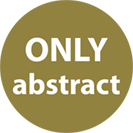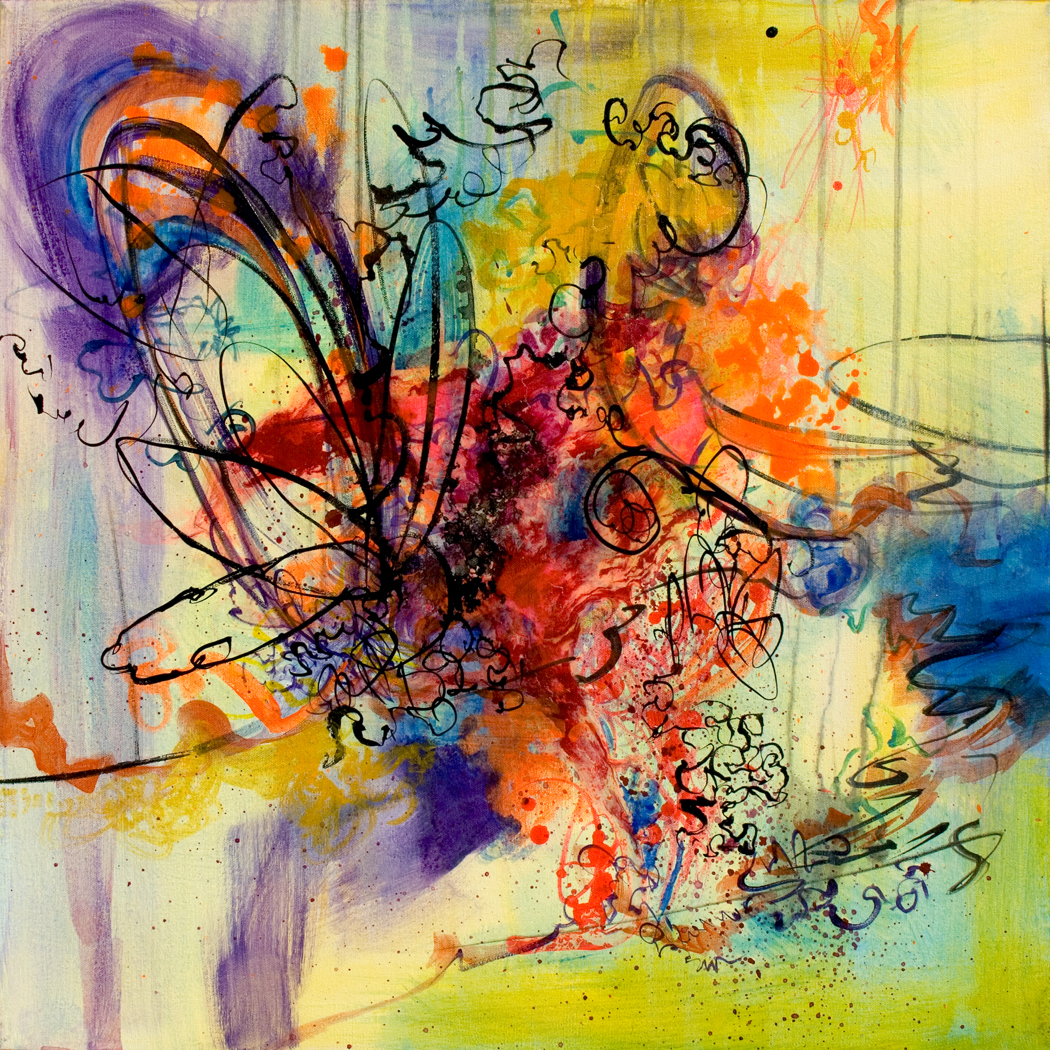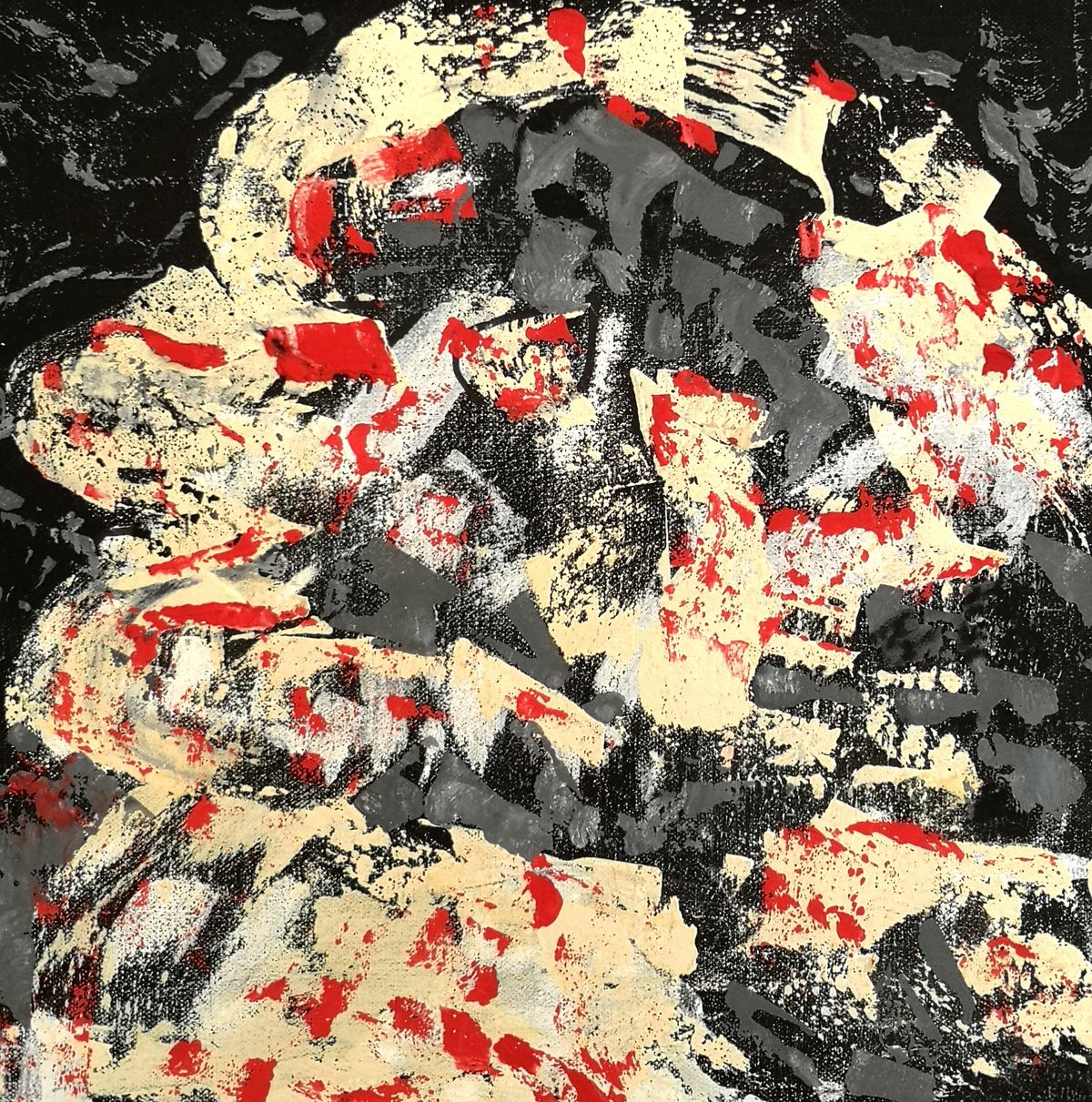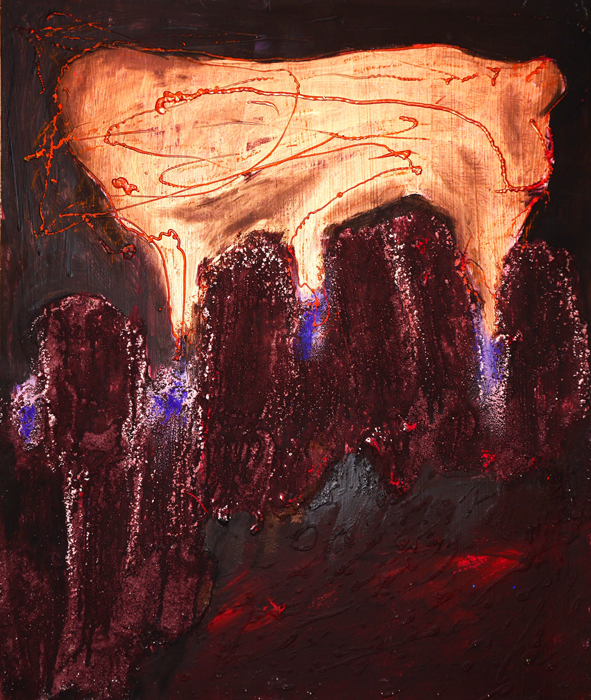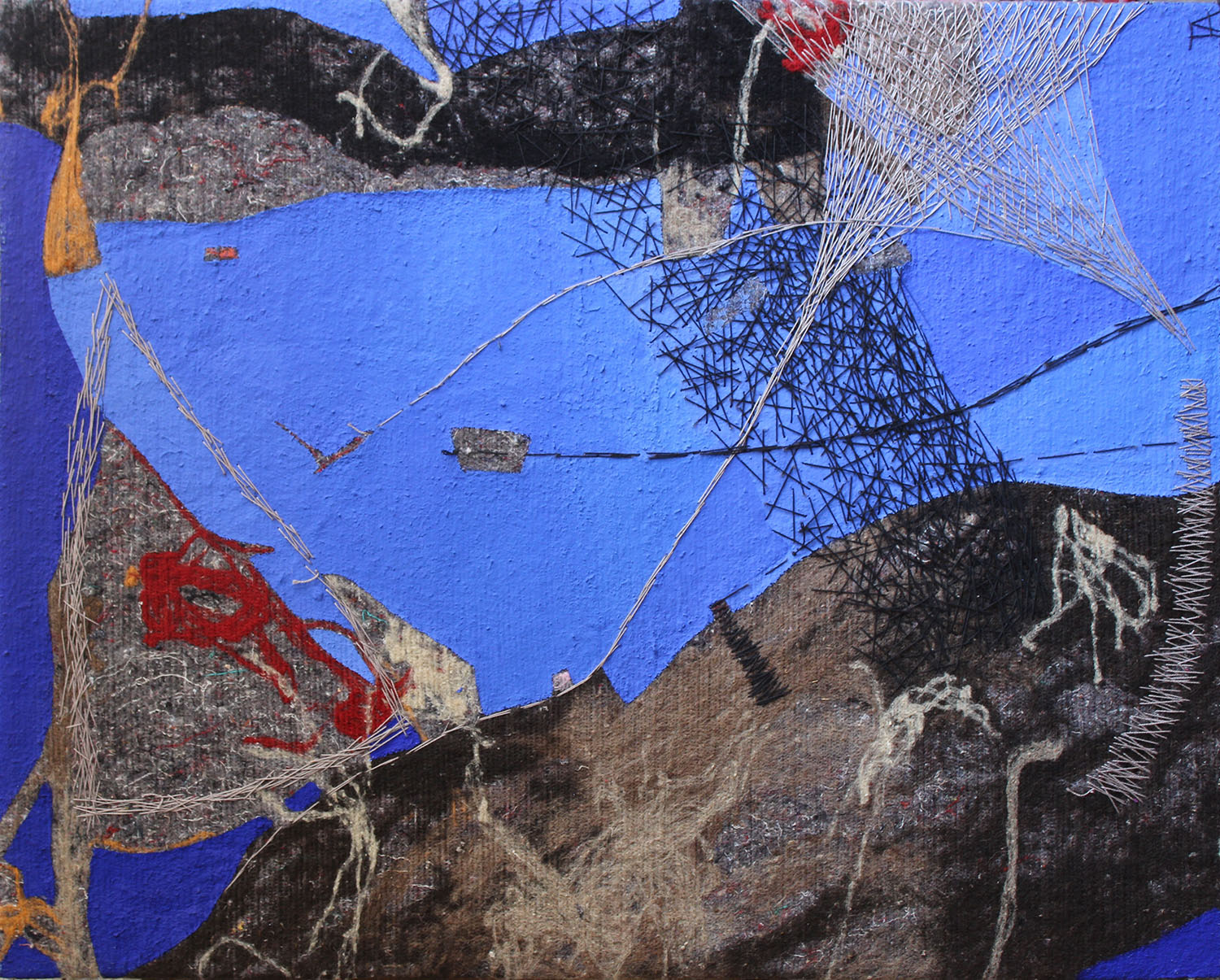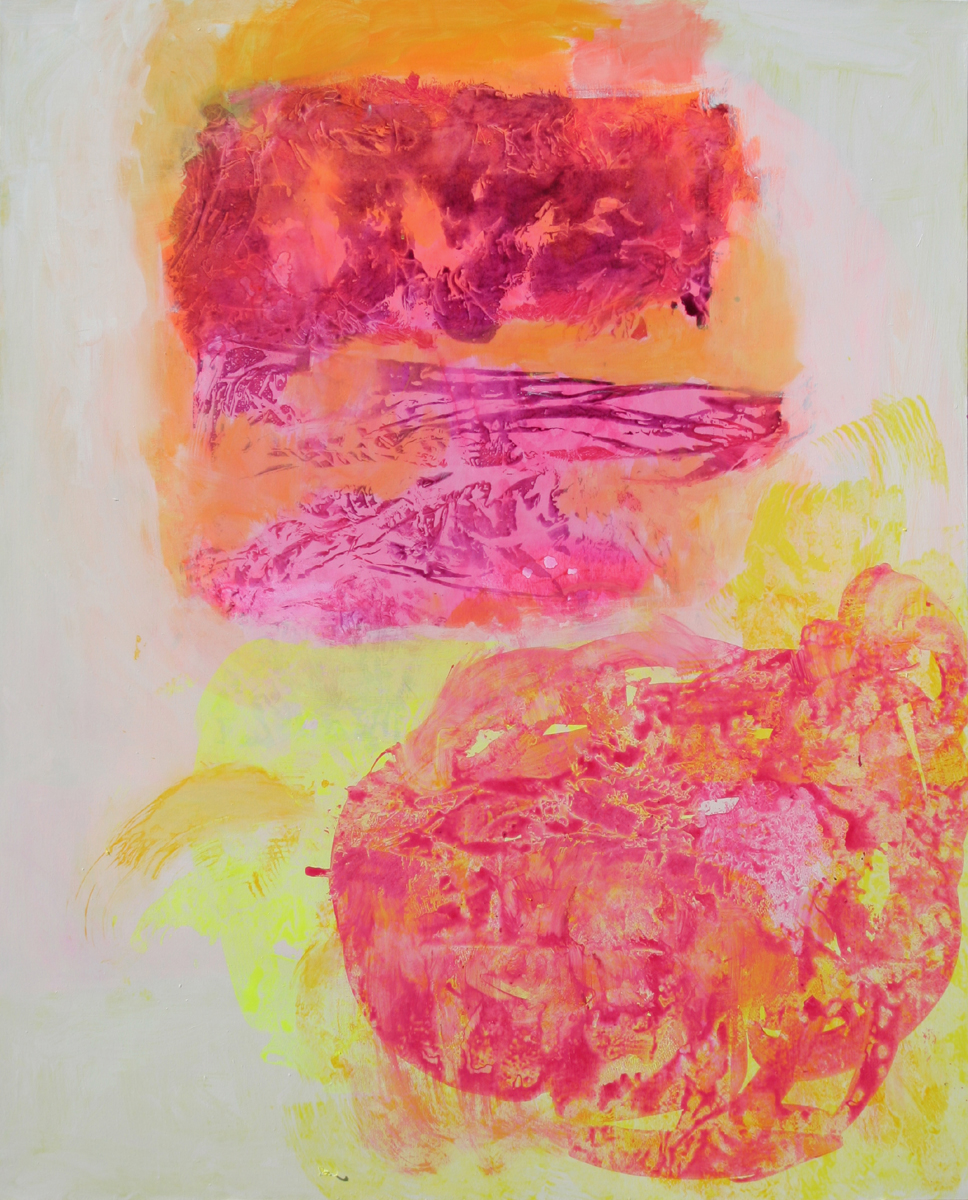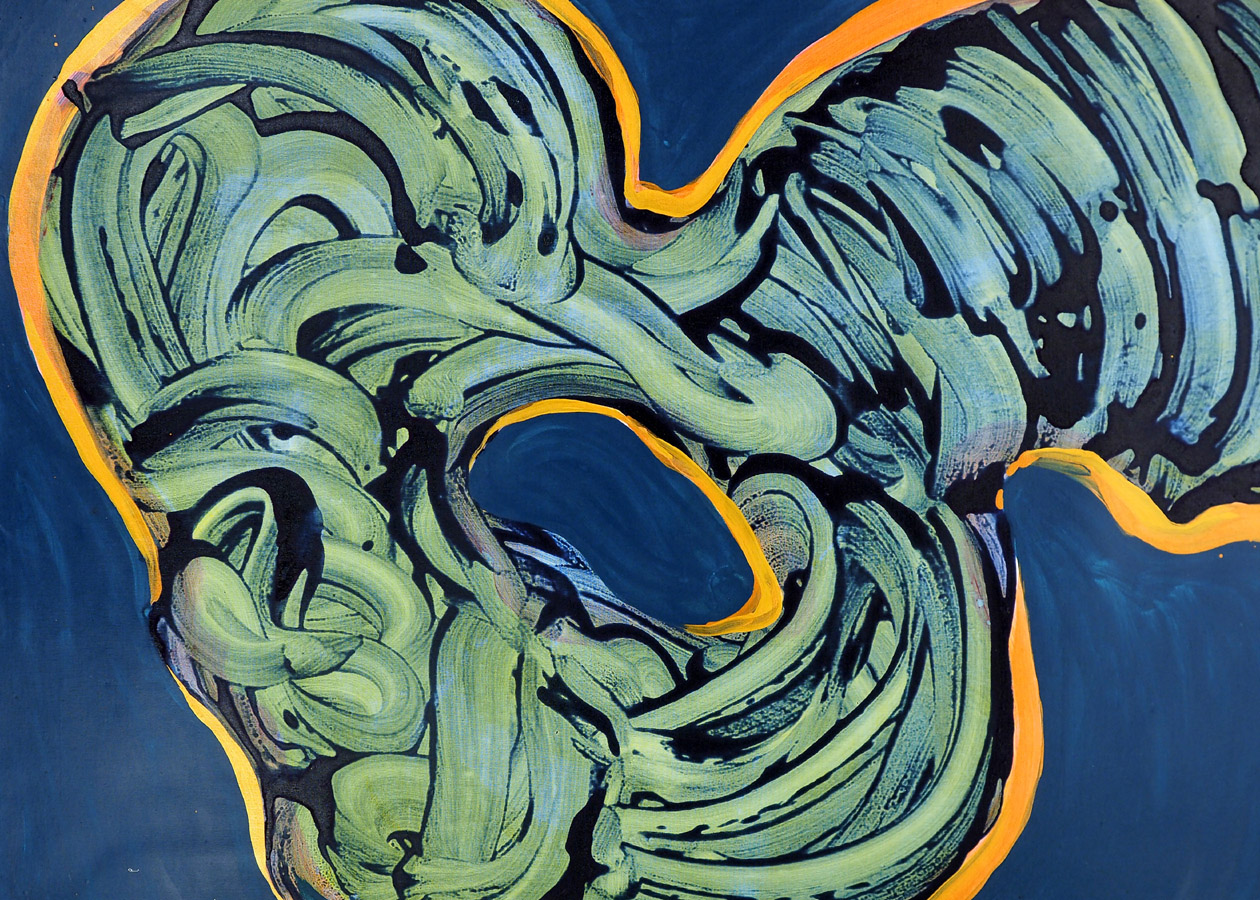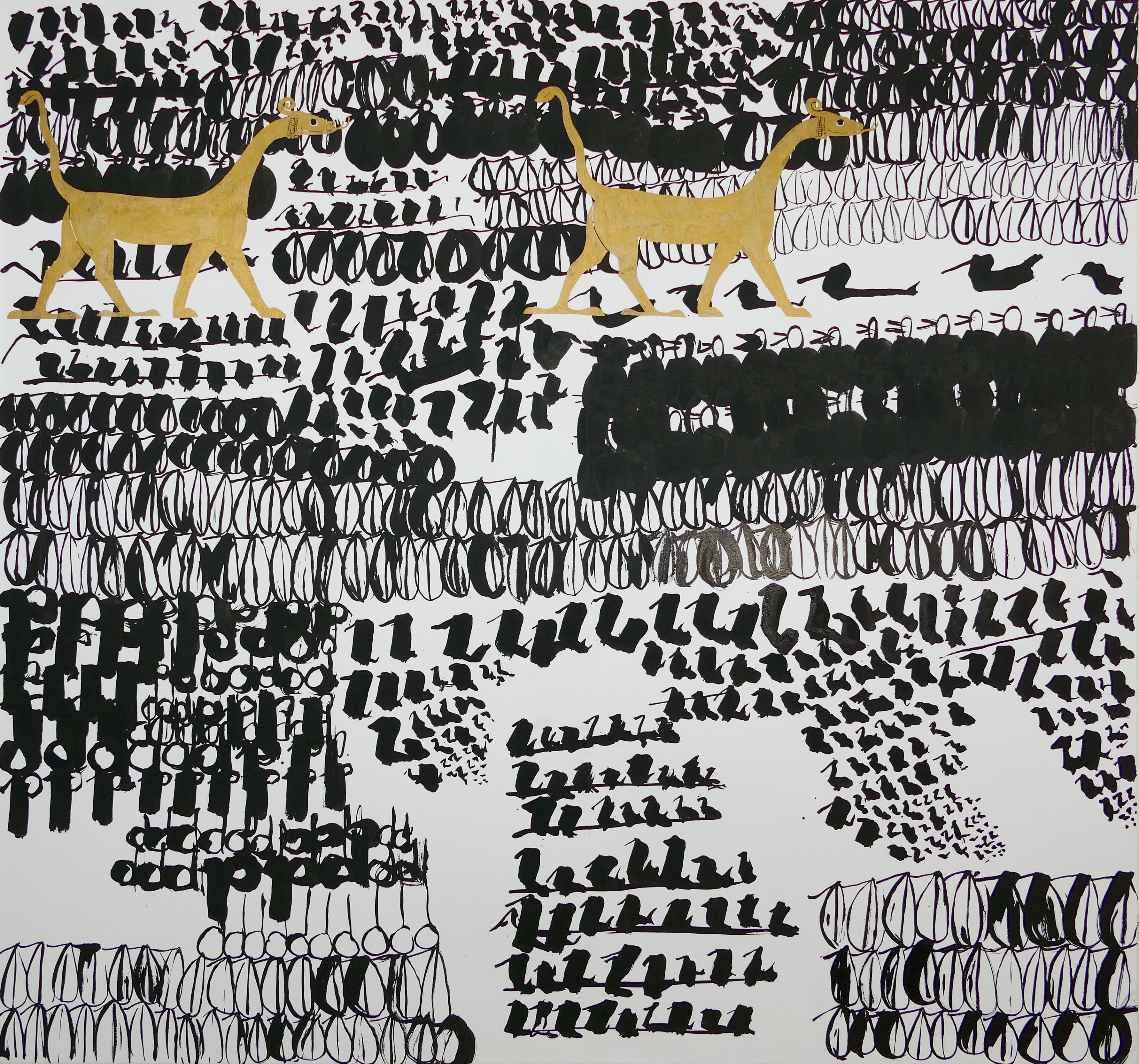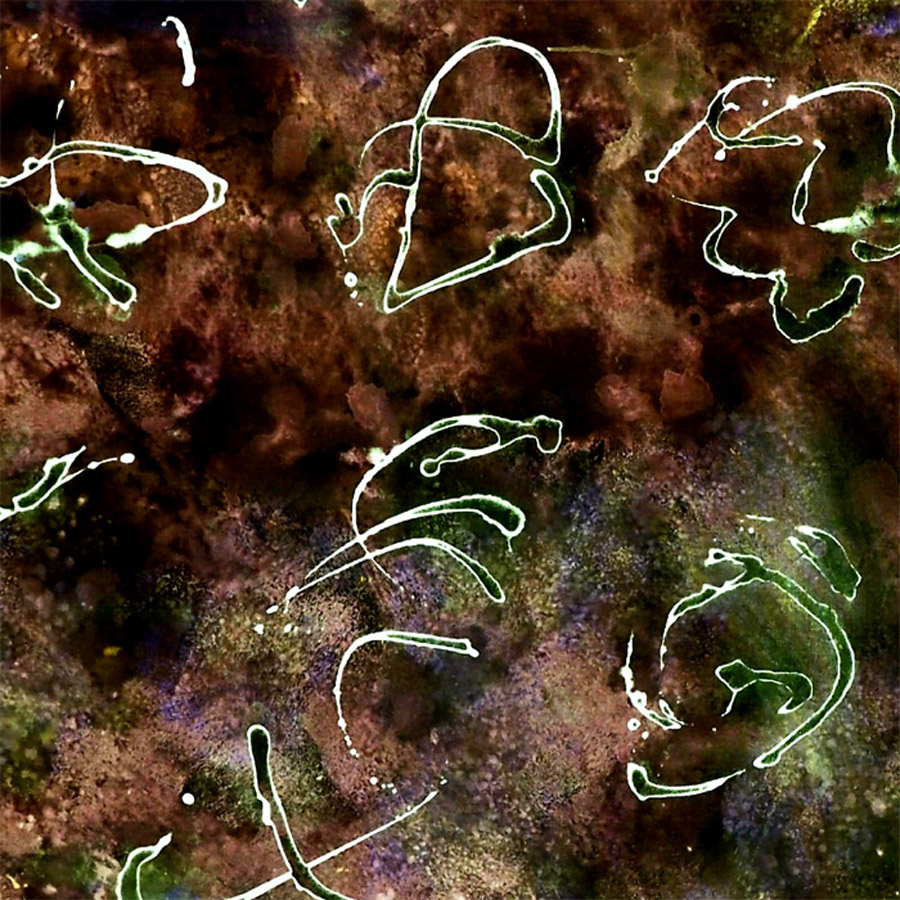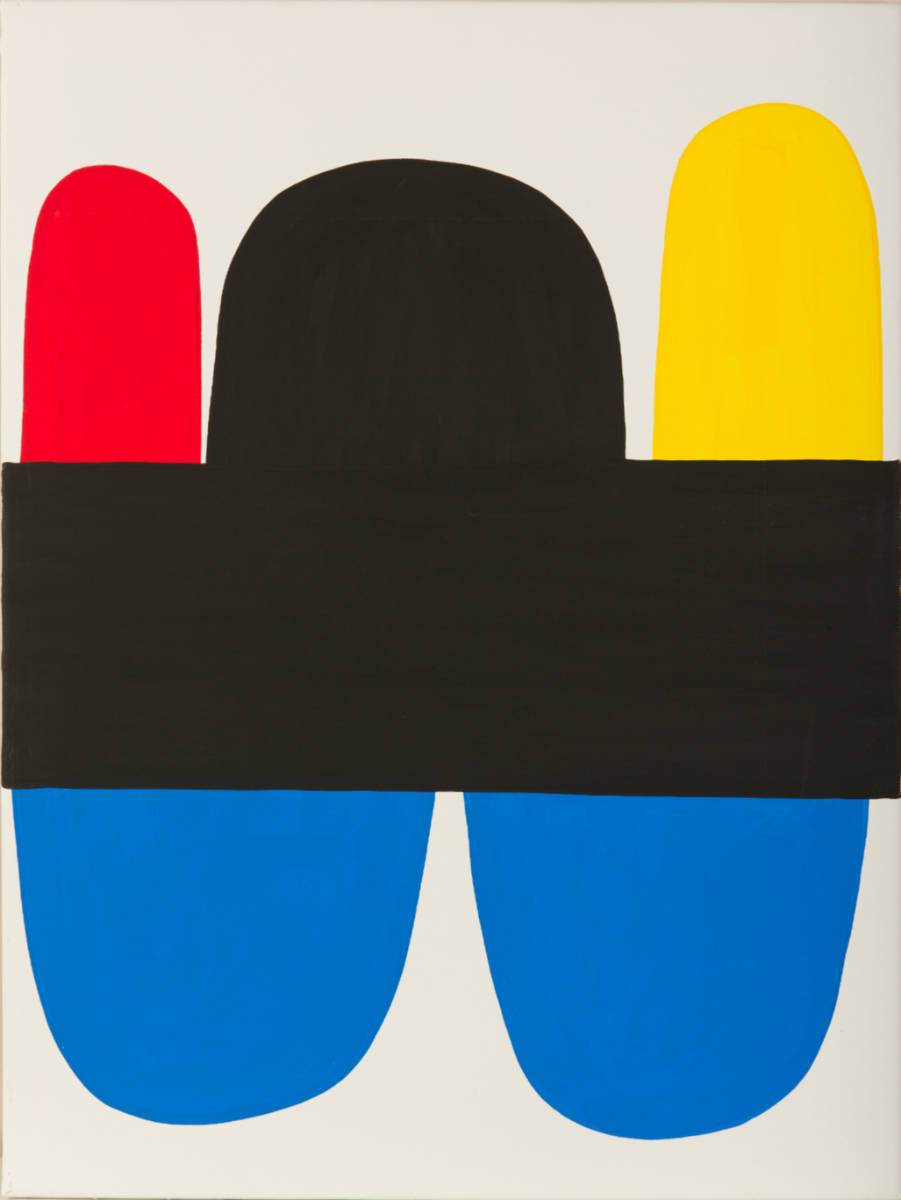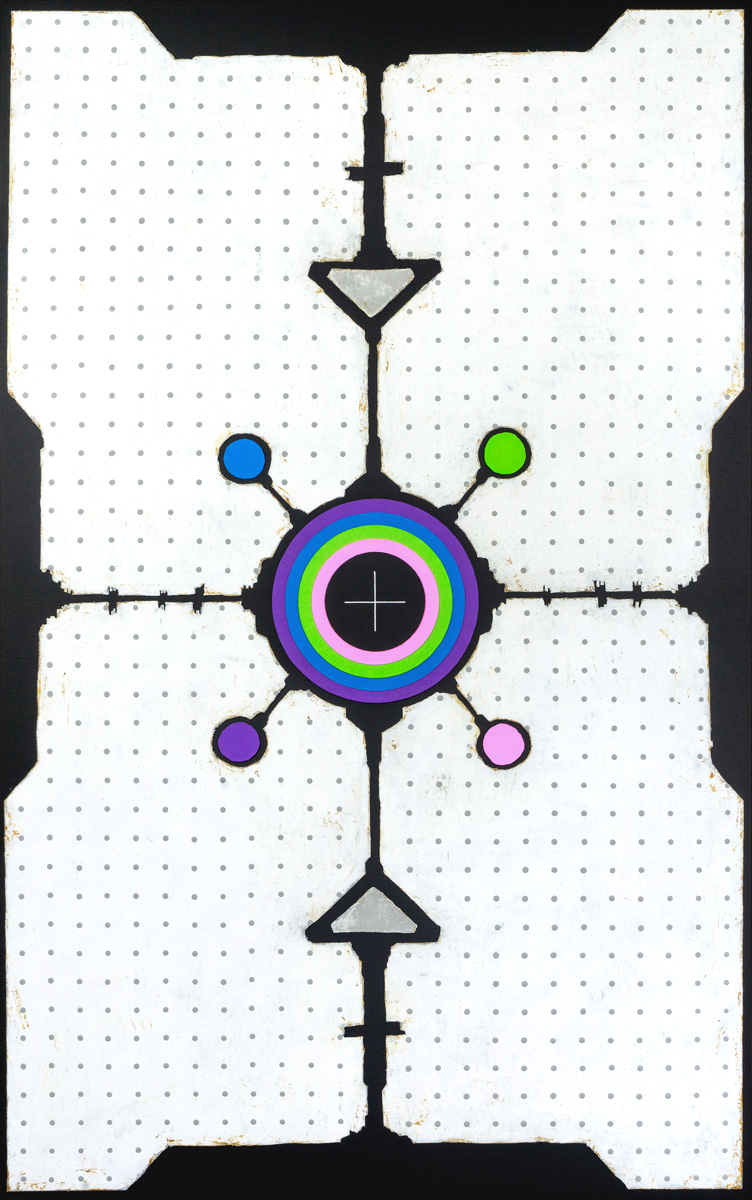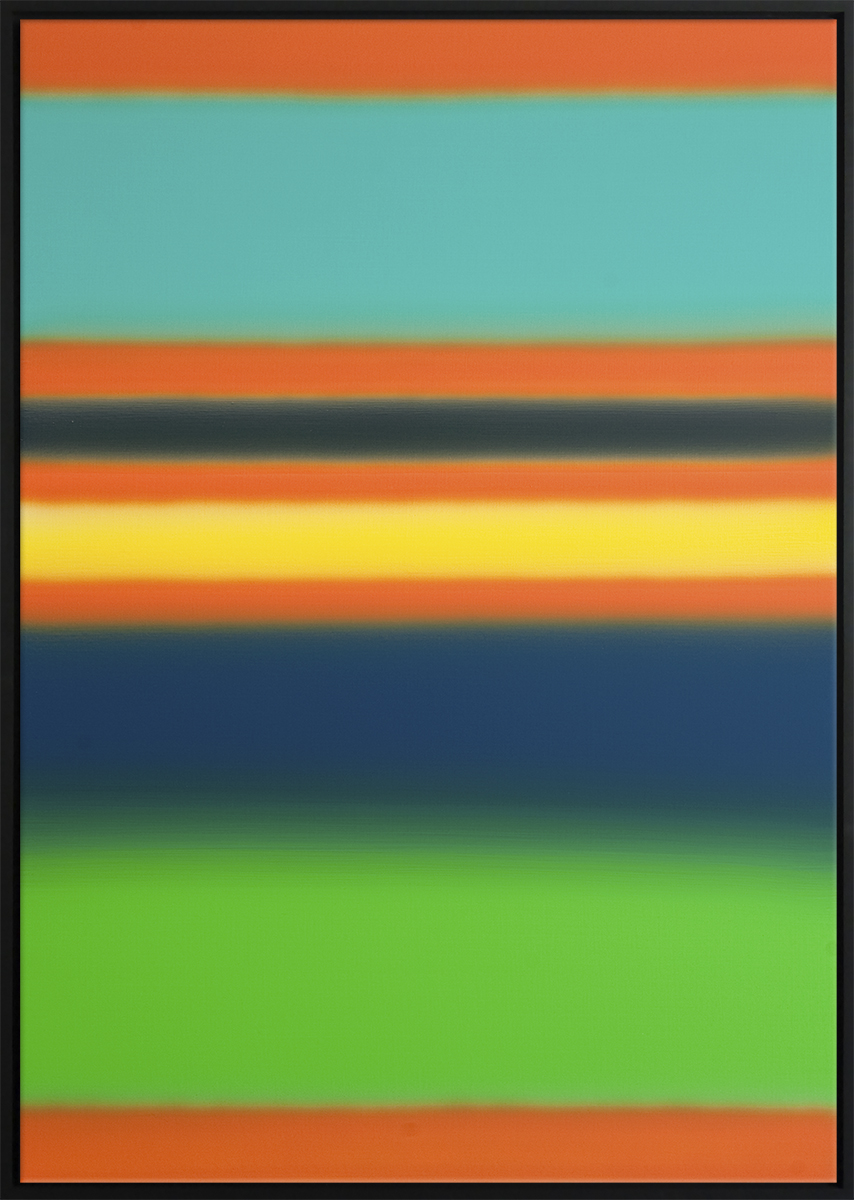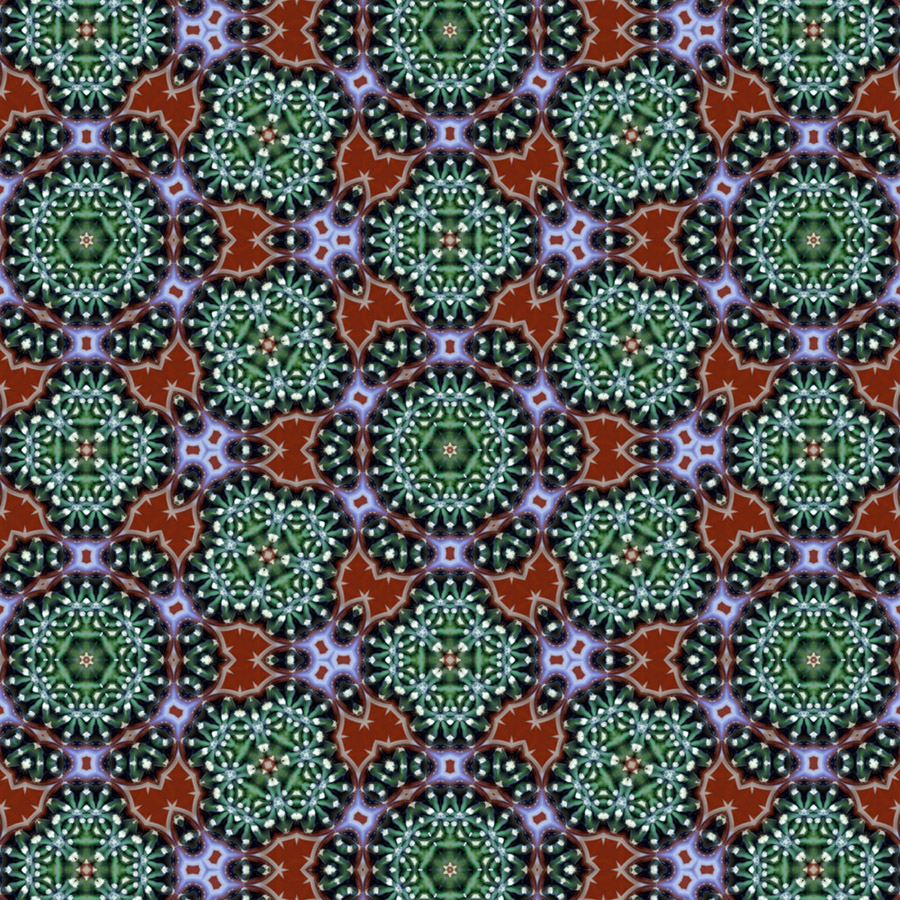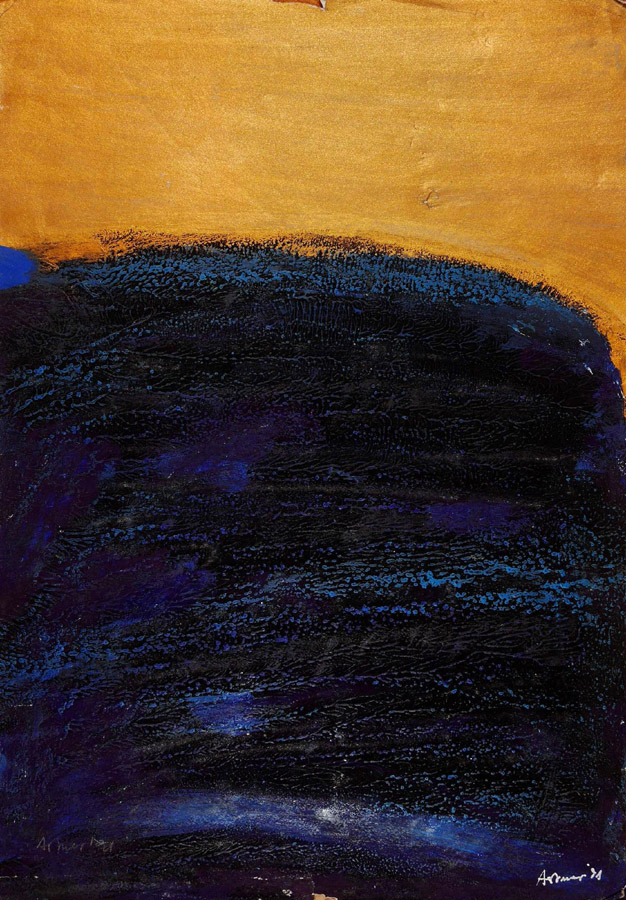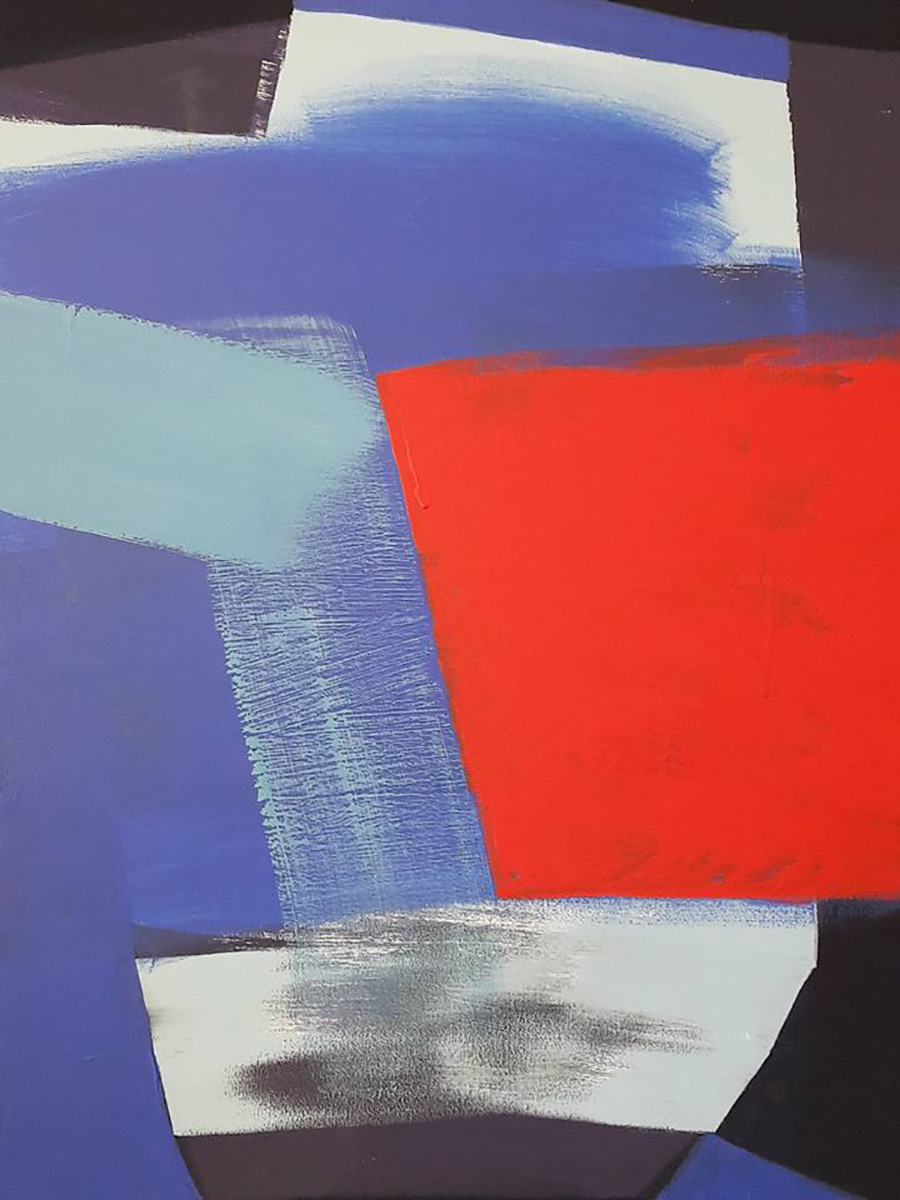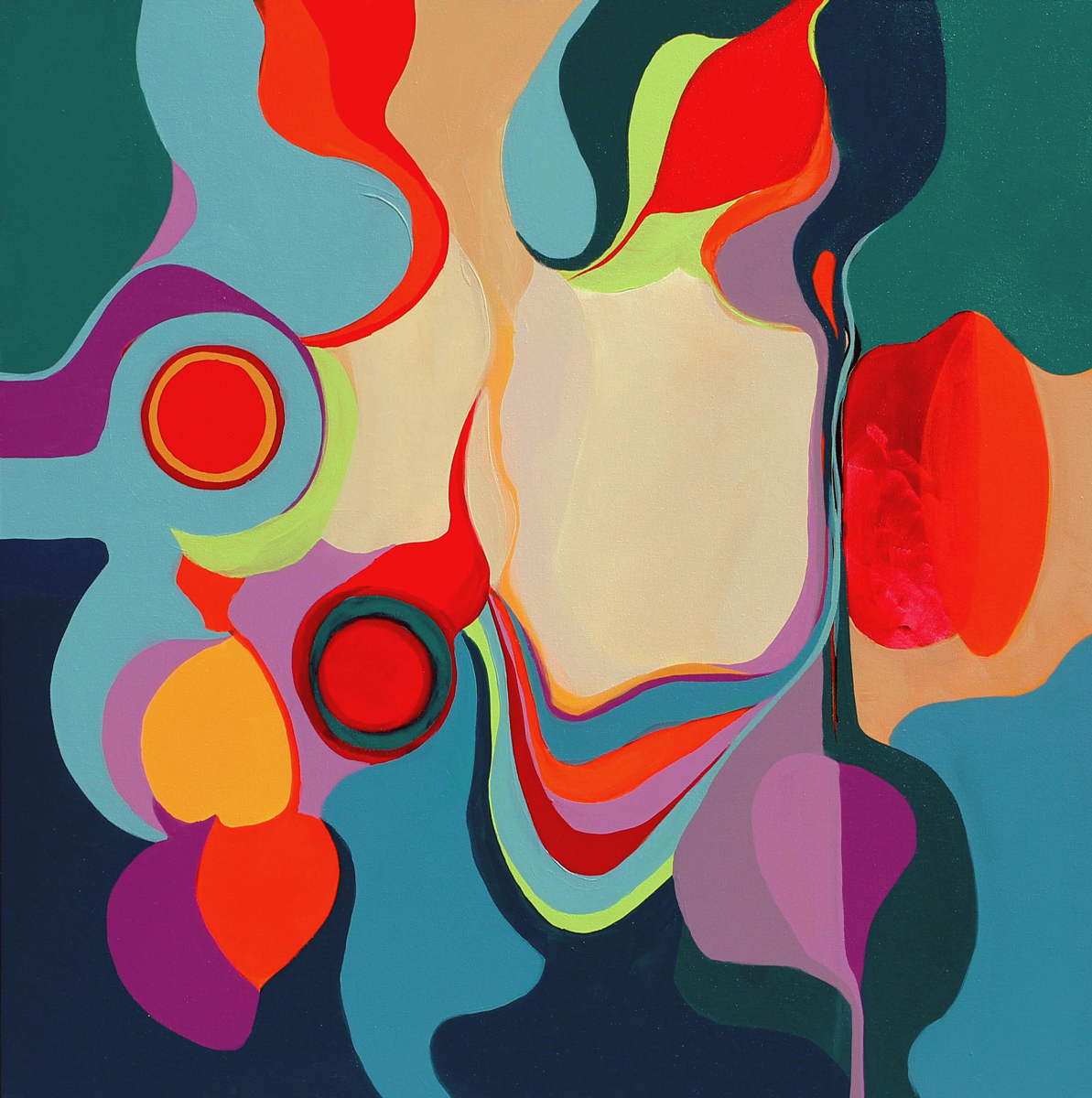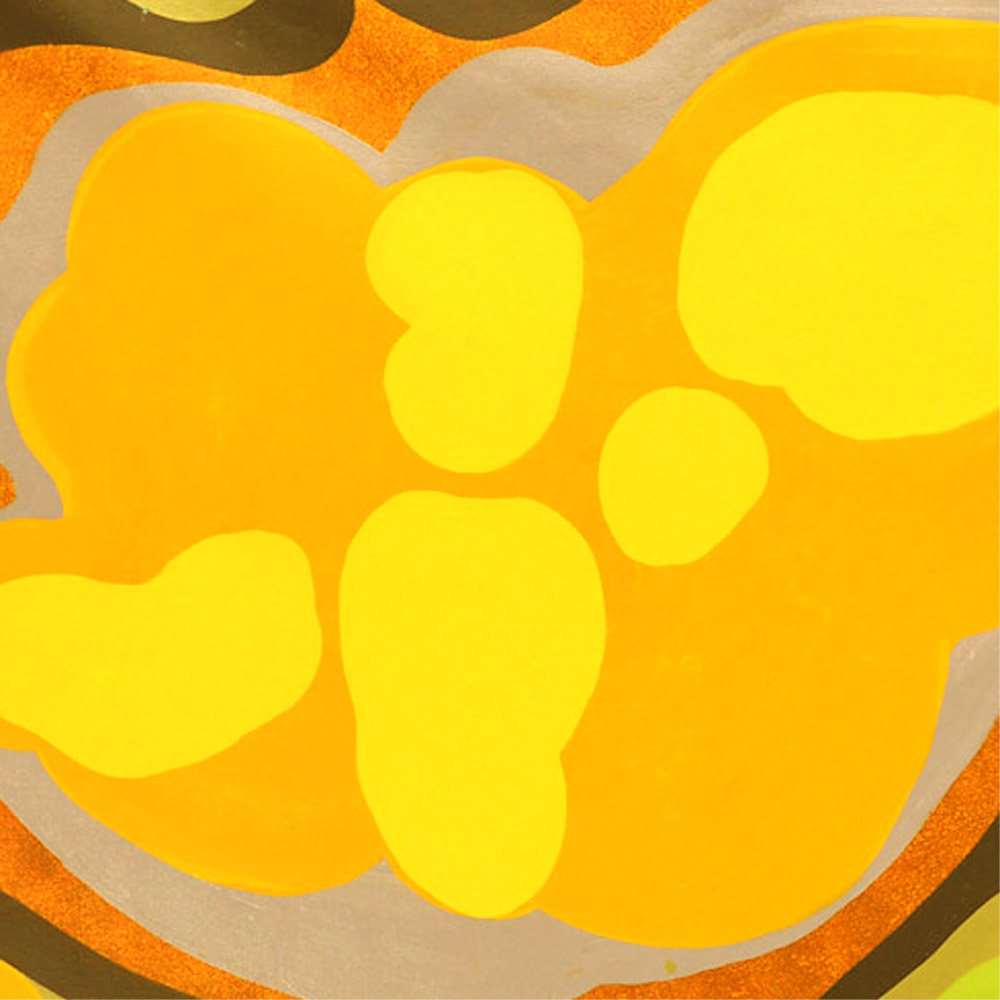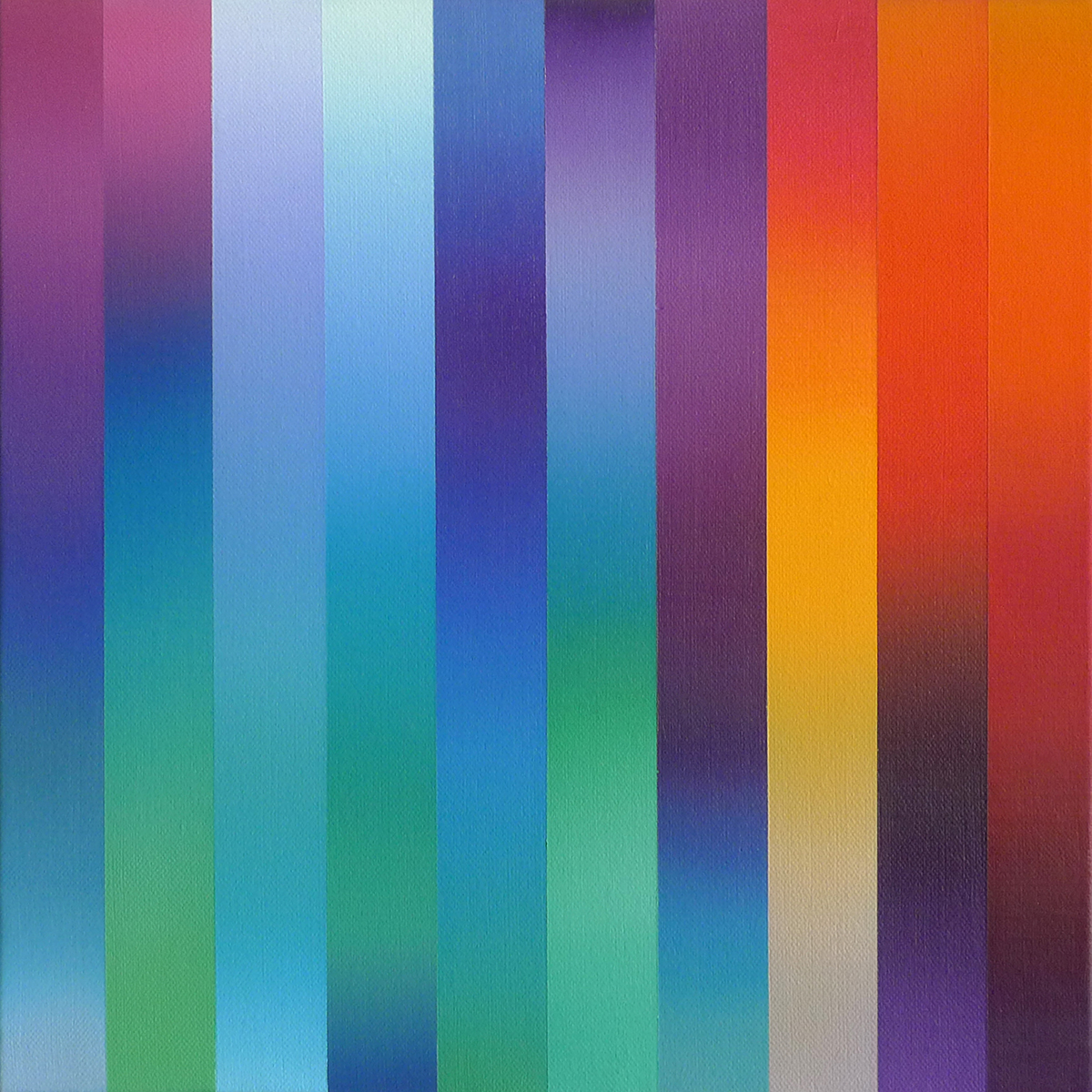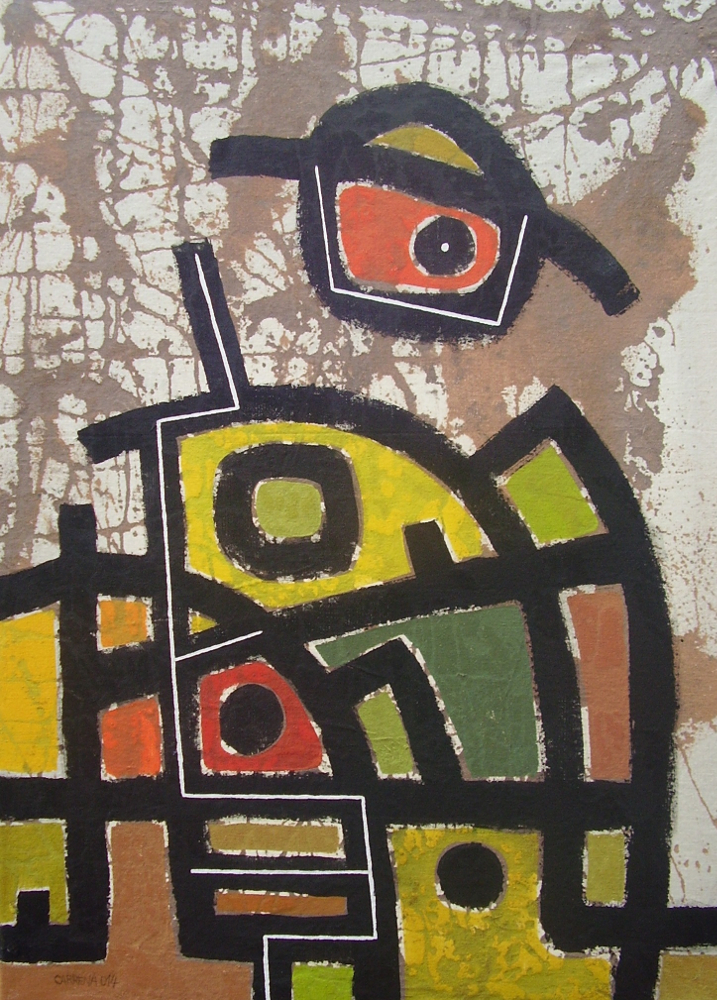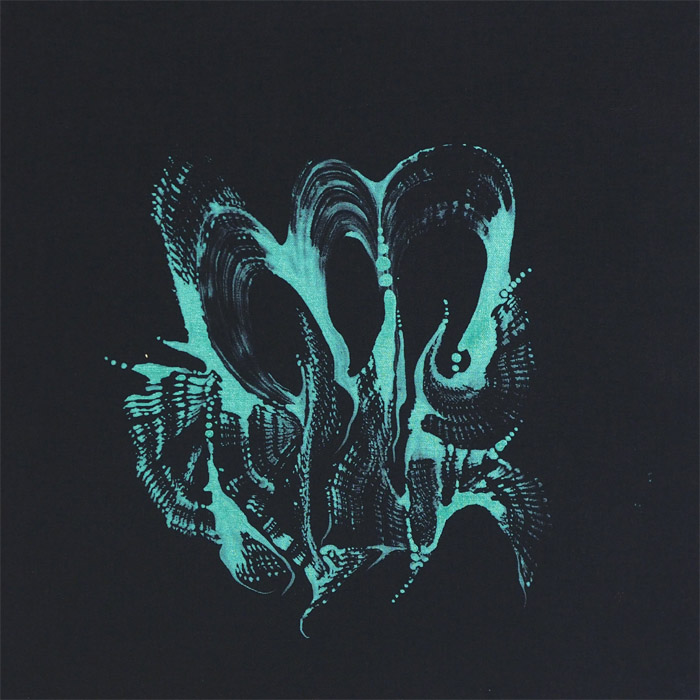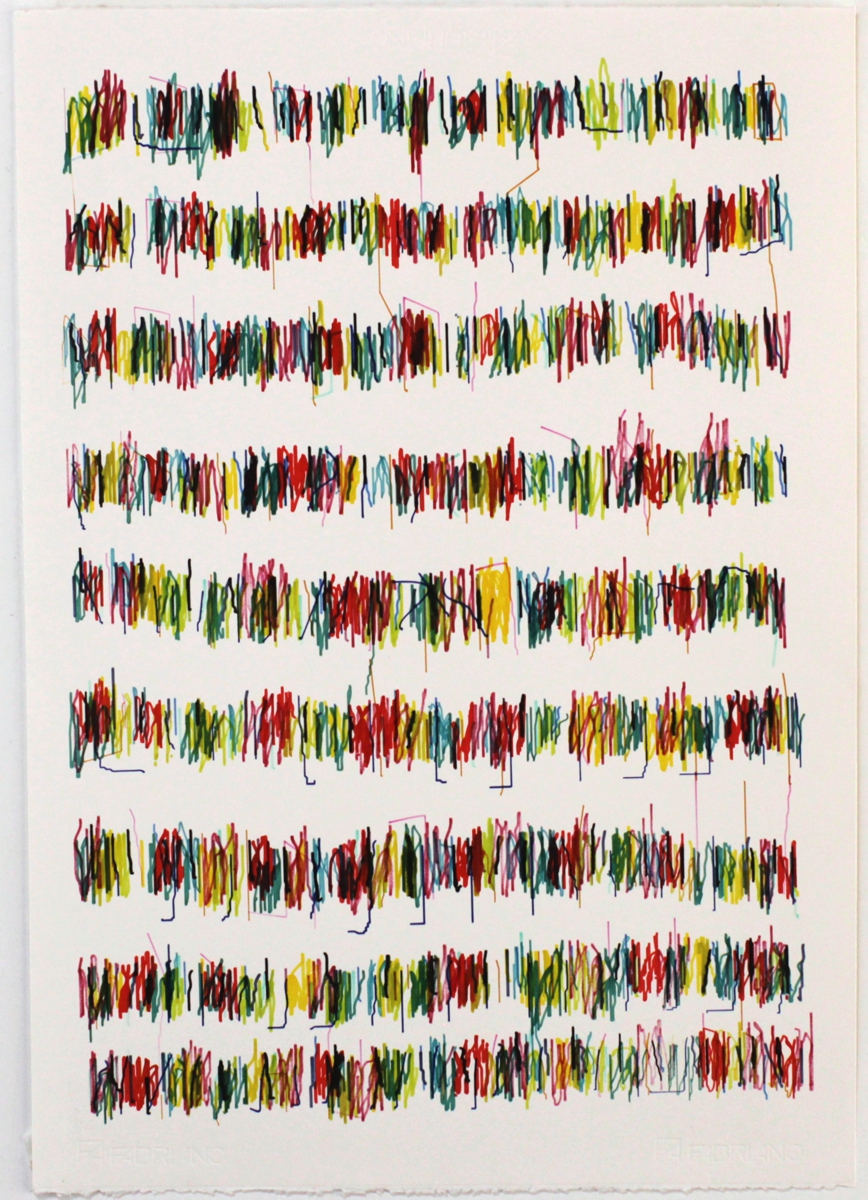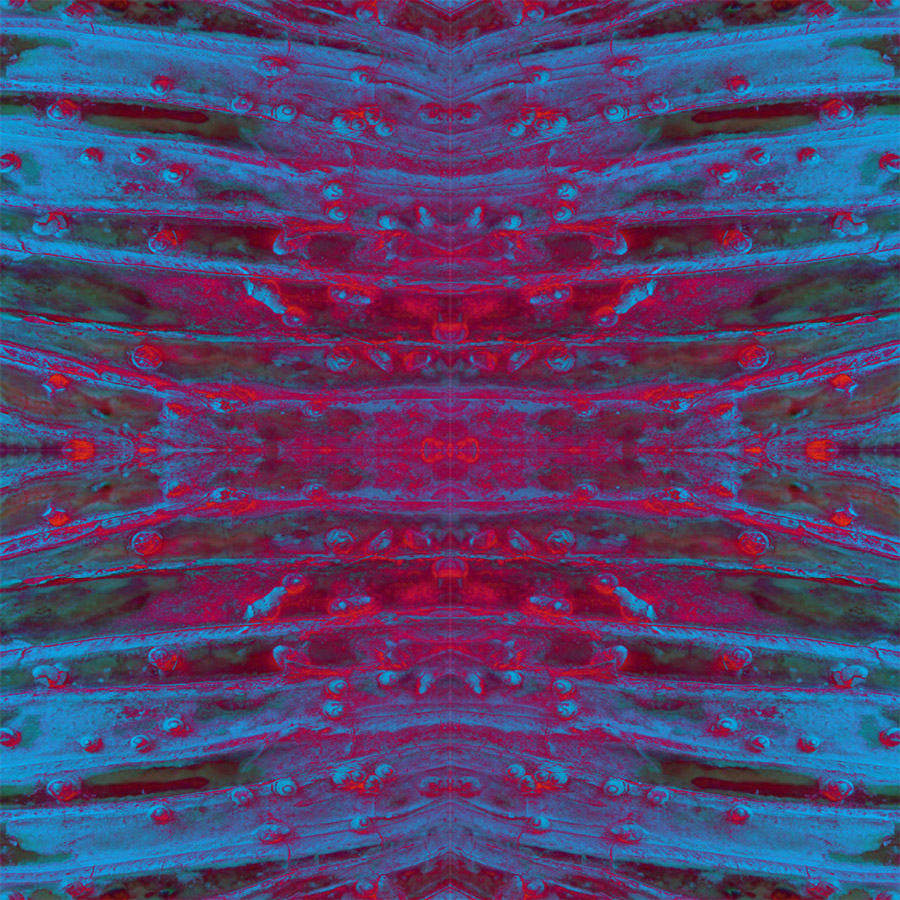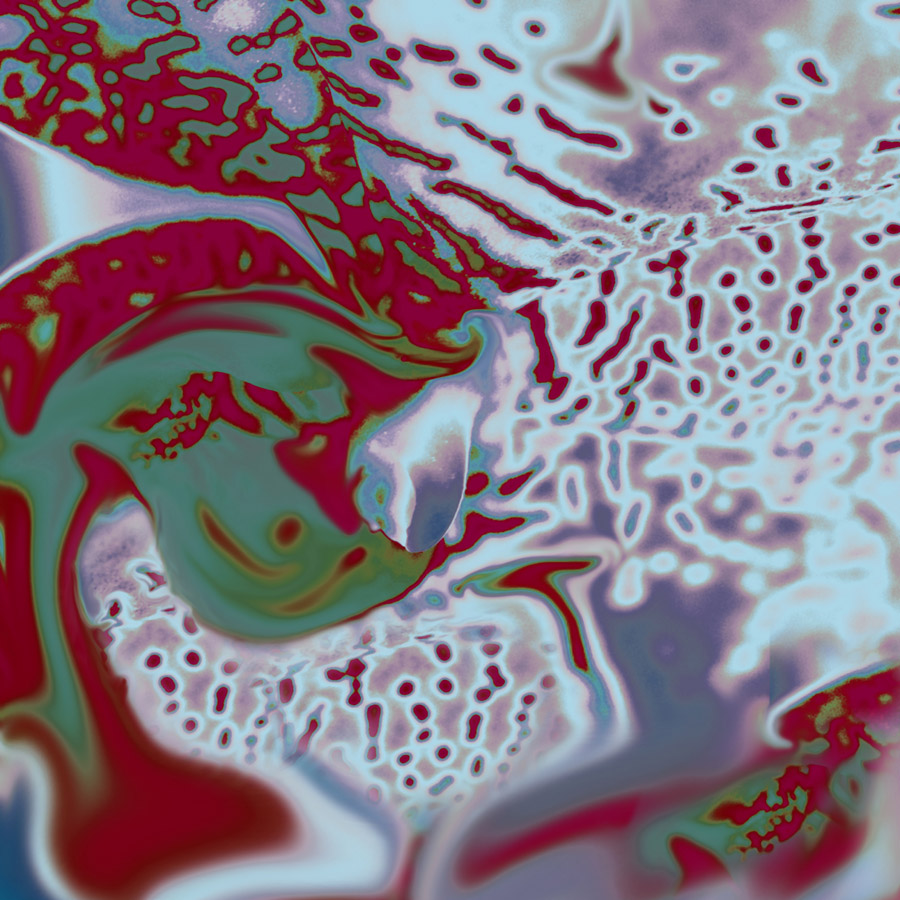Action
Painting
The style is based on use of unconstrained, free of rules gestures, on randomness and spontaneous action. The creative act itself is essential referring to the subconscious of the artist, the reflex action believed as the only authentic way of creating.
Informel
Informel or informel art (shapeless art) is a style of abstract painting characterized by striving for free expression through the use of colorful areas, lines and other forms. In order not to limit the authenticity and drama of the works, the paintings do not yield to any compositional disciplines. They are focused on conveying emotions.
Matter Painting
Haute Pate
Artists are working the surface of the painting by applying thick spaces so the texture of the paint can be exposed and combined with unusual materials – marker, cement, objects. The artist’s’ intention is to emphasize the essence of painting and applied materials. The techniques used are to strengthen the message and emotional tensions of the work.
Process
Painting
Process painting is a creative act in which the applied technique points out the painter’s vision. It is perceived as a creative journey, a reflexion of the artist’s expression not only in the form of an image but also of the painting material itself. The creation process is an important aspect of the completed work. A unique technique is one of the elements of the creator’s individuality.
Abstract
Calligraphy
Asemic writing is a process inspired by handwriting. This is a completely abstract visual creation deprived of any specific semantic meaning and therefore open to every possible interpretation. Calligraffiti is an art form that combines calligraphy, typography and graffiti. This style integrates signs referring to lettering in compositions that form a broader, symbolic, very emotional message.
Geometric
Abstraction
Geometric abstraction is a form of abstract art based on the use of geometric forms. Is based on form and color control. Geometric abstraction is present among many cultures throughout history both as decorative motifs and as art pieces themselves.
Optical Art /
Op Art
The Optical Art style focuses on the impact on the viewer’s sense of sight, not on his intellect or emotions. Works frequently cause optical illusions. Artists are using abstract combinations of forms, light effects, dynamic and textural effects, aimed at evoking the impression of depth and movement by vibrating the field of view.
Color Field
Painting
The most important element here is color. The creative process is subject to strict control. The artist focuses on the presentation of the color by covering large painting surfaces. The idea of this style is to use the color area as a carrier of emotions. Mark Rothko, Clyfford Still and Barnett Newman.
Hard-edge
Painting
The artists representing this style are filling the surface of the canvas with monochromatic areas of vivid and sharp colors. The transitions between the individual areas have clearly defined edges. This style of geometrical abstraction refers to the works of Piet Mondrian and Josef Albers and to color field painting.
Post-painterly
Abstraction
It rejects the mysticism of abstract expressionism and any residual references to the outside world. It is a purely factual art that functions more in terms of basic elements of the medium itself; form, color, texture, form and so on. Bright colors, clear and open compositions.
Minimalism
Painting
Here painters are avoiding open symbolism and emotional content, emphasizing instead the work. Simple, often geometric compositions are reduced to minimum in form. Artists are using stains, lines, solid color on geometrical canvases and creating works that are objects in themselves.
Digital
Abstraction
Works belonging to this style are created by use of digital devices. The sophistication and exceptional precision of the software allows the artists to test the limits of human perception. The compositions are rhythmic, repetitive or unique, illusively imitating abstract forms. Digital technology creates aesthetics independent of painting techniques.
